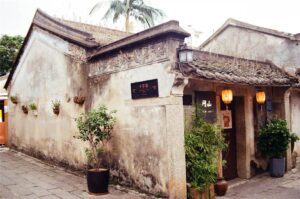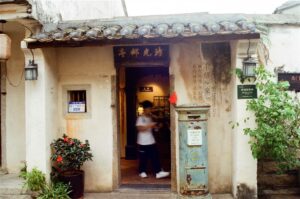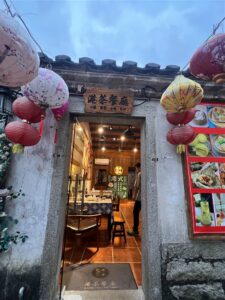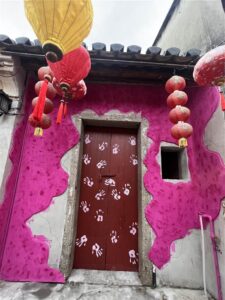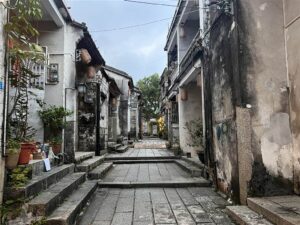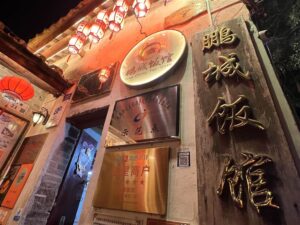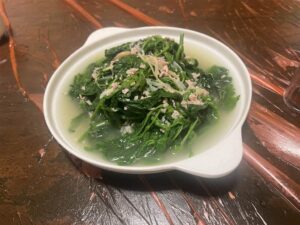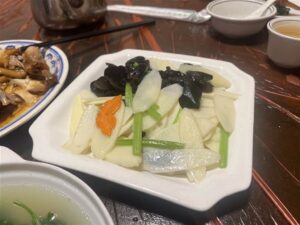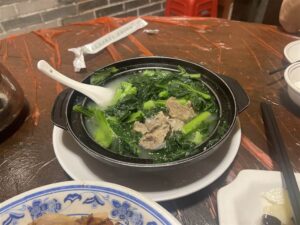Shenzhen Shorts — The Dapeng Fortress
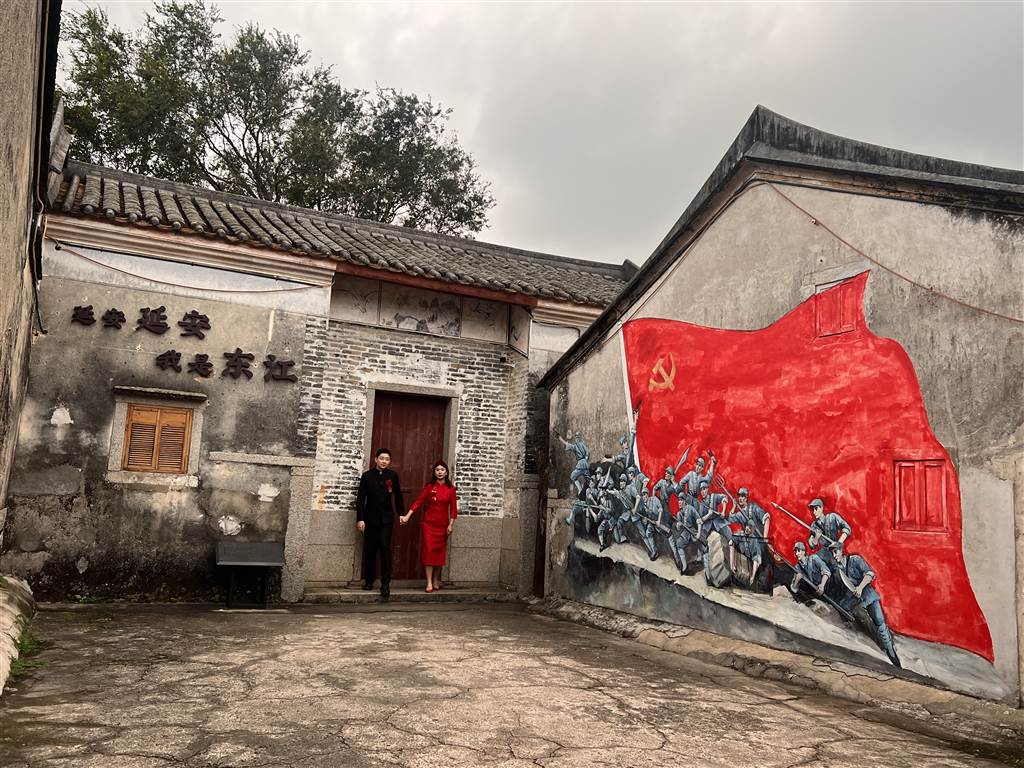
In Chinese, Shenzhen is also known as Pengcheng, meaning “The City of Peng.” The Dapeng Fortress is where this other name of Shenzhen comes from. Its full name Dapeng Suocheng refers to the military nature of the ancient city. For the word “suo” is a system of military organization in Chinese.
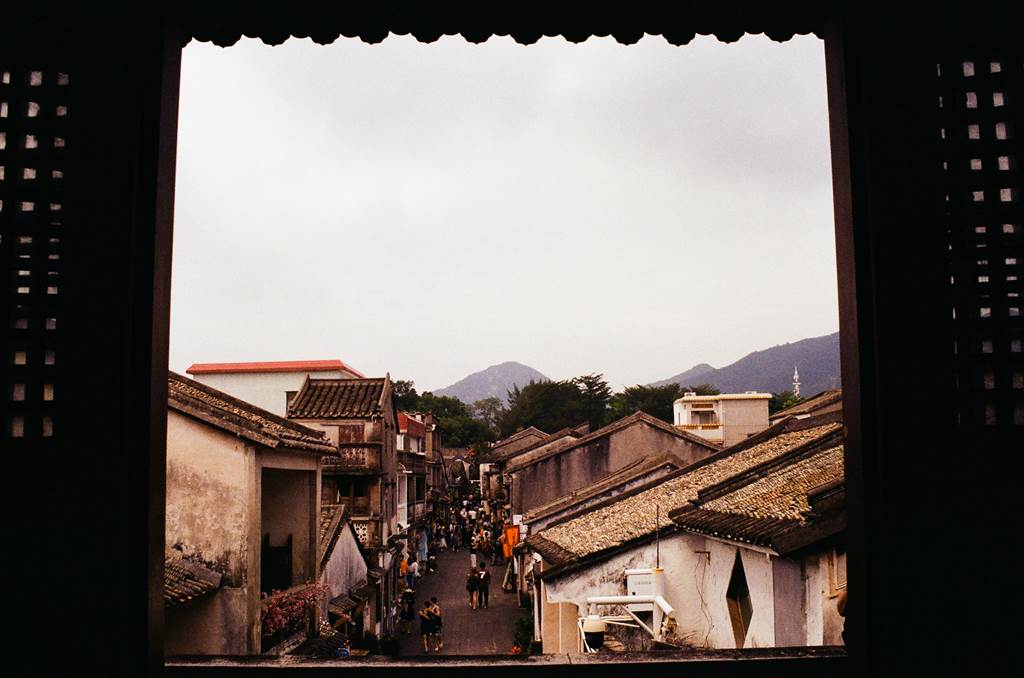
Photo: Dapeng Fortress–View of the Ancient City from the South Gate
The general area that was known as Pengcheng had a long standing in China’s ancient history. Even as early as the Qin and Han Dynasties, this part of Shenzhen was under the proper central administration of the then China kingdom as Nanhai. Nanyue was a state that was established by a warlord that sought to break away from the rule of the Qin Emperor. Throughout the history that came after, this area was part of the Baoan County of Shenzhen.
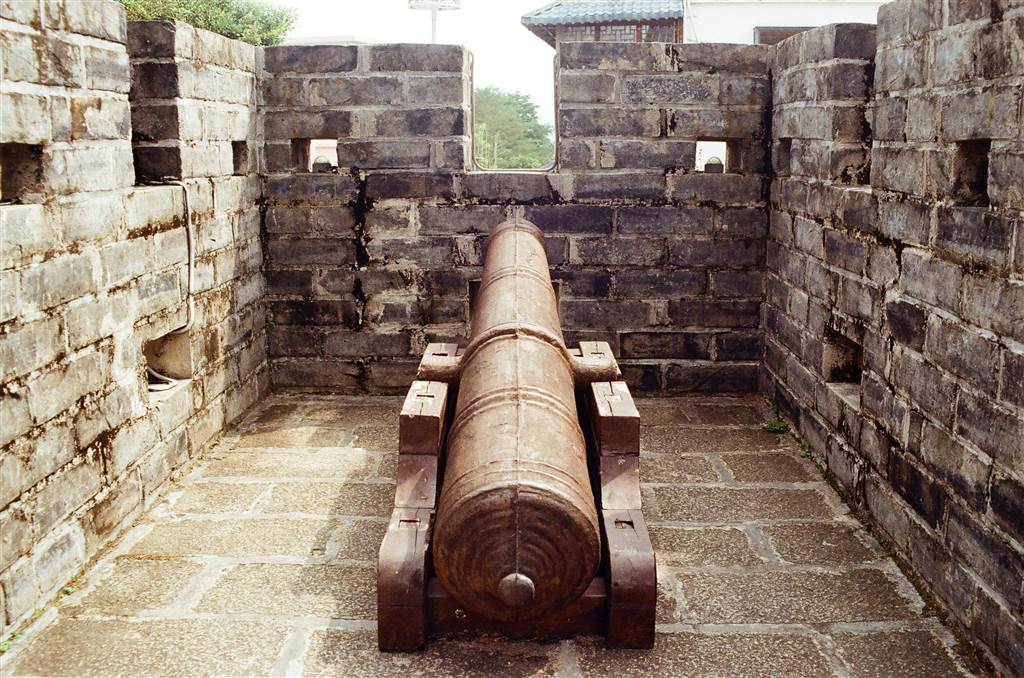
The History of the Dapeng Fortress
The Dapeng Fortress was constructed during the Ming Dynasty in the 14th century. In 1394, the 27th year of the Hongwu Reign of Ming Dynasty, the authorities began constructing the Dapeng Fortress, which was intended to serve exclusively defense purposes against pirates, foreign enemies and resistance fighters. Together with the Nantou Ancient City in Nanshan, Shenzhen, the Dapeng Fortress was one of the 24 defense outposts along the mountain ridges of Lingnan (southern China).
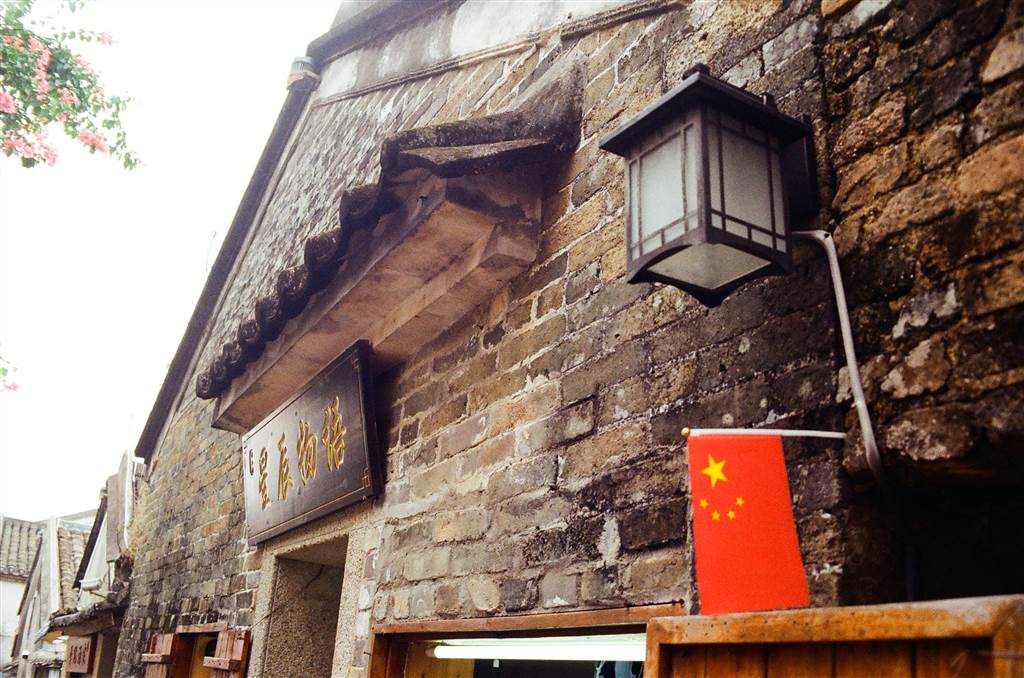
The Dapeng Fortress was especially important for coastal defense during the Qing Dynasty. In 1704, the 43rd year of the Kangxi Reign, the Qing Court turned the Dapeng Fortress into a naval base, which oversees the coastal defense of all of Shenzhen and Hong Kong. This role of the Dapeng Fortress would be very important during the Opium Wars of the 1800s.

In 1839, General Lai Enxi, who was a native of Dapeng, sounded the canons that would signal the defense of Kowloon against British attacks. Thus the curtains were drawn for the Opium Wars. After Hong Kong Island was ceded to Britain in 1940 and before ceding Kowloon to the British in 1860, the Qing Court has constructed the Walled City of Kowloon for the purpose of defending Kowloon. At the time, generals from the Dapeng Fortress oversaw the Walled City of Kowloon. As such, the Dapeng Fortress had a very close relationship with the history of Hong Kong.
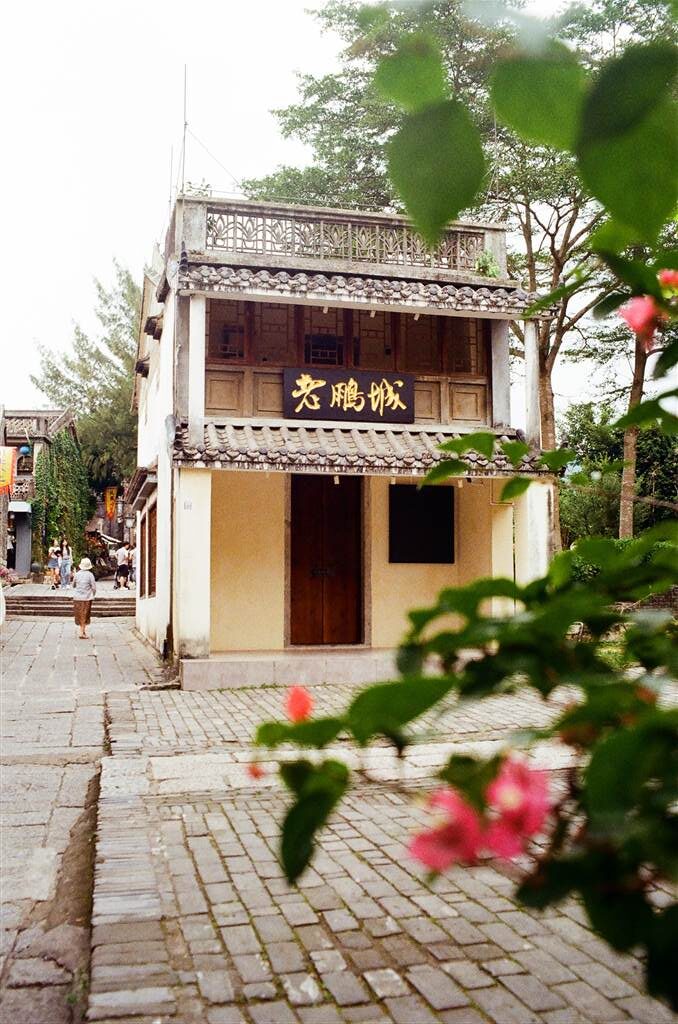
A Walk in the Dapeng Fortress
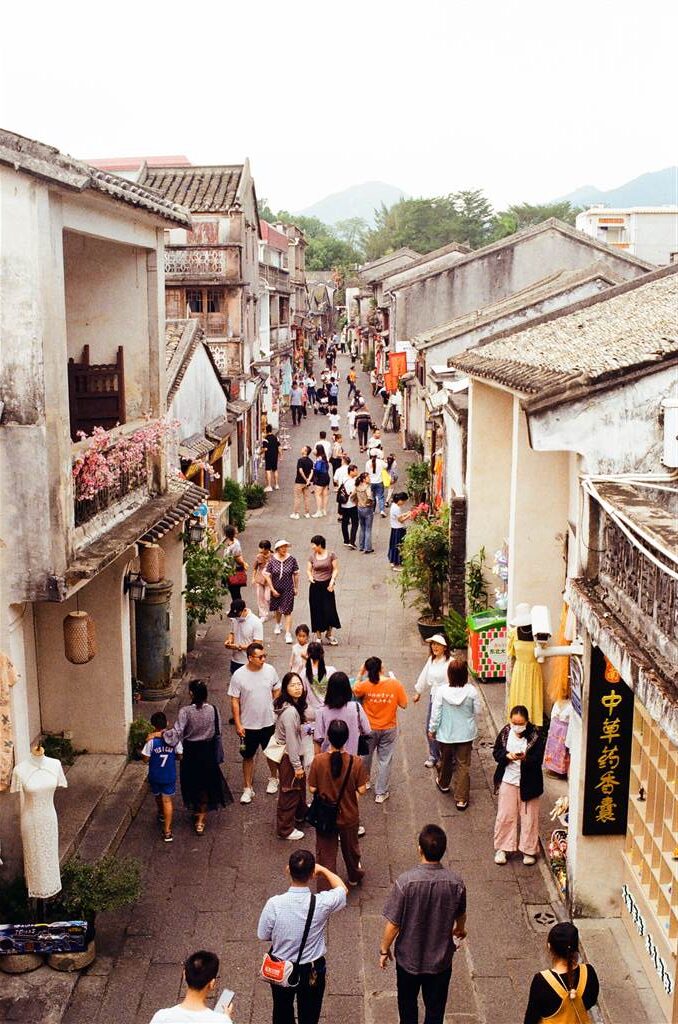
Photo: Nanmen Road–Walking Northward from the South Gate
A leisurely walk of the whole Dapeng Fortress would take about 2 to 2.5 hours.

The North-South Axis
We arrived and our first walk was from the South Gate of Dapeng to the North Gate. You can climb up to the tower to see the aerial views of the city.

The main street of Nanmen Road is the most visited pathway of the ancient city. I suggest touring this street first, then take a break when you reach the North Gate.
Along Nanmen Road there are two museums. One is the Mansion of Liu Qilong, which comes with a brief introduction of the general. However, I found the historical narrative presented there to be a bit thin. Perhaps one would not spend so much time learning about the life of the general. A walk inside the mansion to see the beauty of the structure and the garden would suffice here.
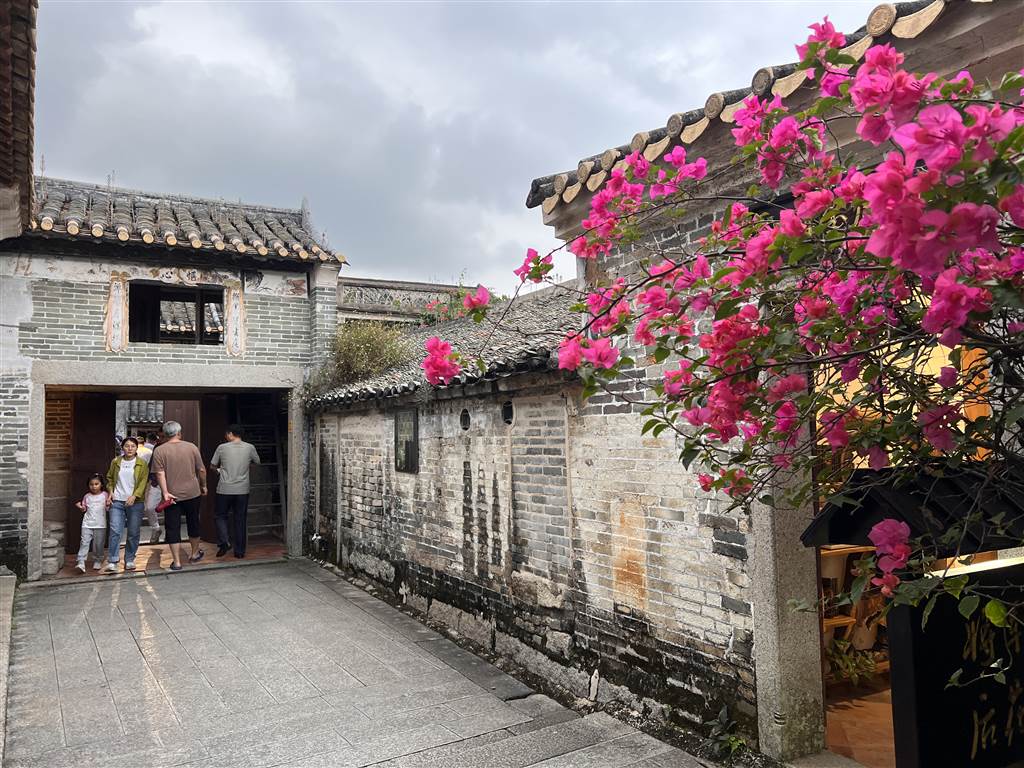
Going further north, watch out for the former granary on your right, which now serves as the Dapeng Suocheng Coastal Defense Museum. I recommend taking a little more time in here. The point of interest is the very thorough exposition of military training and arrangements of the Dapeng Fortress in this museum.
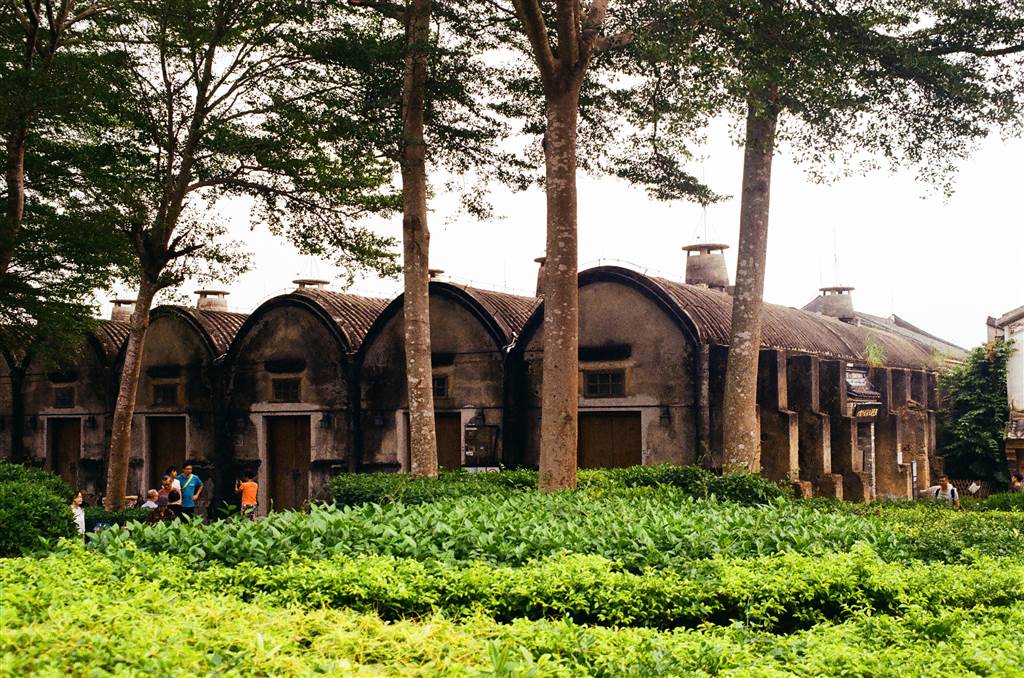
Photo: The Former Granary Now Serves As the Dapeng Suocheng Coastal Defense Museum
Although it gets technical at times, even a cursory reading of the exhibits will give a very good idea of the military nature of the Dapeng Fortress. The exhibits are only presented in Chinese, however.
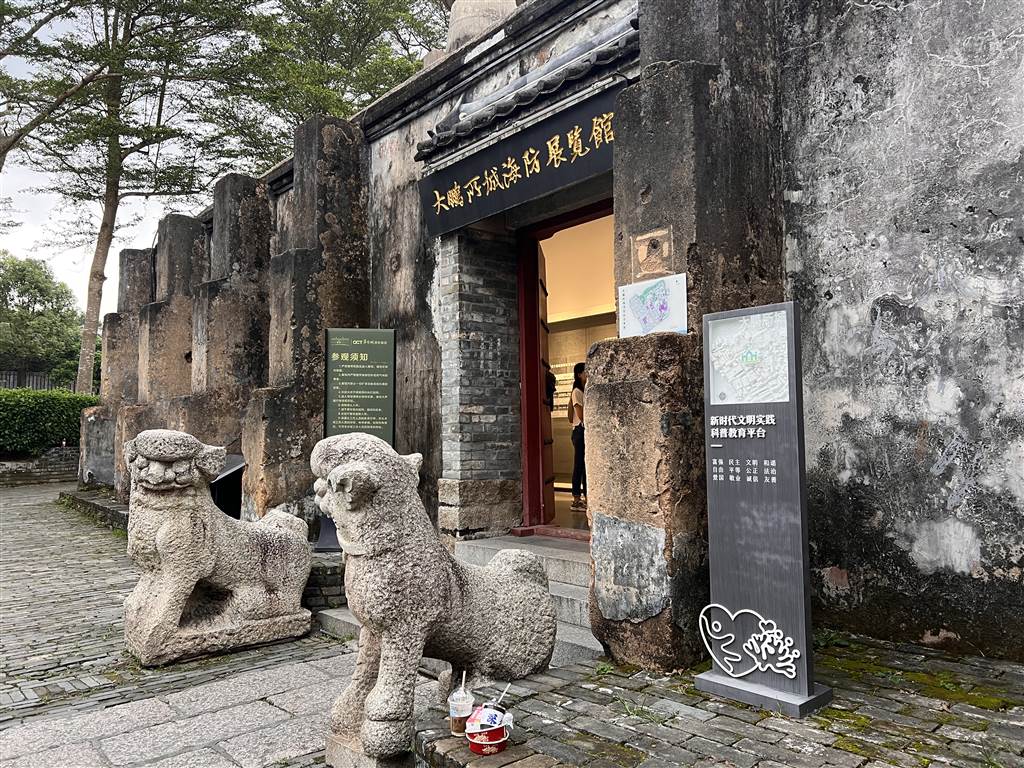 Heading north, the North Gate is much less crowded than the South Gate, but it is a good spot for resting your feet a little. There were shops and snacks there, and it was worth a stop for pictures too.
Heading north, the North Gate is much less crowded than the South Gate, but it is a good spot for resting your feet a little. There were shops and snacks there, and it was worth a stop for pictures too.
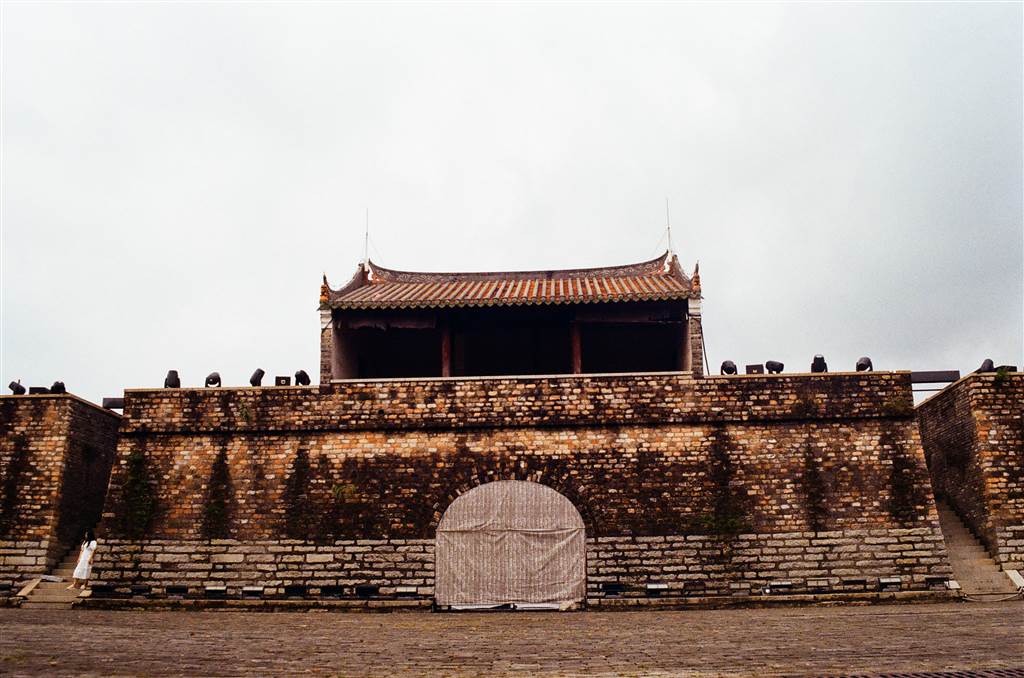

The Eastern Section
We were drawn to the garden space next to the former granary (where the Dapeng Suocheng Coastal Defense Museum was). In the garden there were some exhibits about the history of the Opium War. My friend and I had a discussion about the role of the Dapeng Fortress in that war and how it related to developments in Hong Kong.
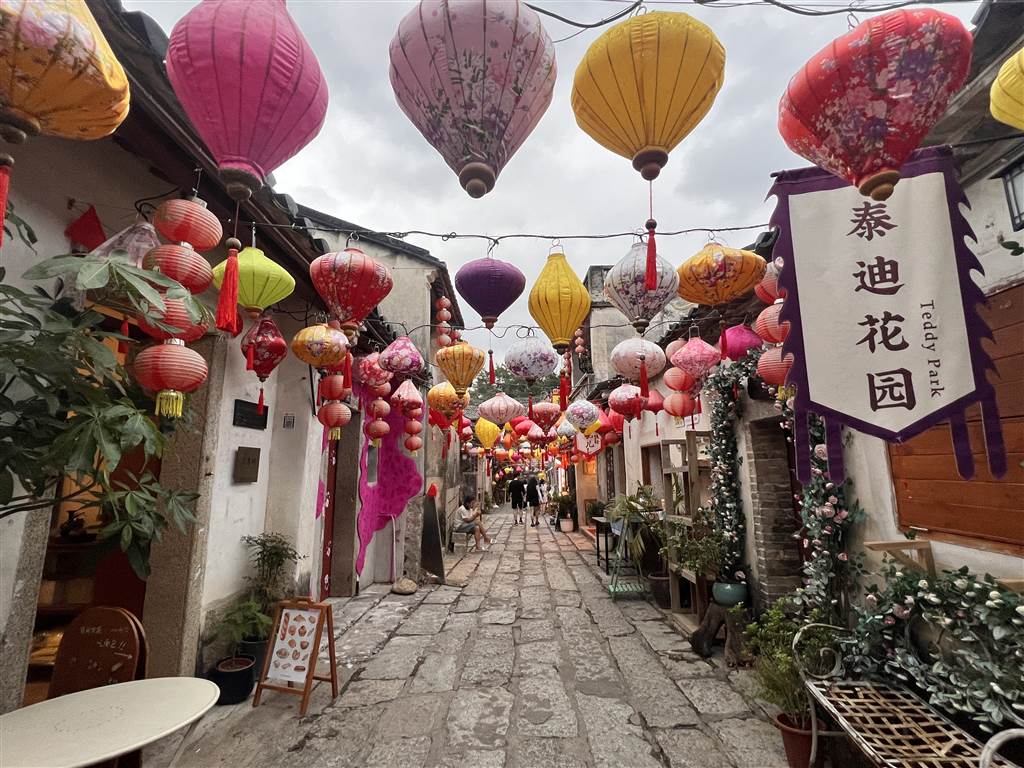
Soon enough we made our way to the eastern section of the Dapeng Fortress. We saw some really beautiful street scenes there, fully decorated with lanterns. It was festive there and surprisingly, a lot quieter as well.
The eastern section of Dapeng Fortress was also where all the restaurants of the ancient city were. We decided that we would come back here for supper.
The Western Section
Compared to the Nanmen Road throughfare and the eastern section, the western section was notably quiet, and I would even say it was deserted.

This was because most of the old buildings there seemed abandoned, and not taken over by businesses. In fact, we thought maybe some residents were still living in this section of the Dapeng Fortress. I would say, however, most of the old buildings were not restored.

Photo: The Tin Hau Temple in Dapeng Fortress
On the western section of the Dapeng Fortress, there is a Tin Hau Temple. On this same street, on the left when you are facing the West Gate, there is a very nice bar called “Zhang Beinian and His Cat.” I highly recommend taking a break at the bar there. They serve alcoholic and non-alcoholic drinks, and also some desserts. We had a very relaxed time there.
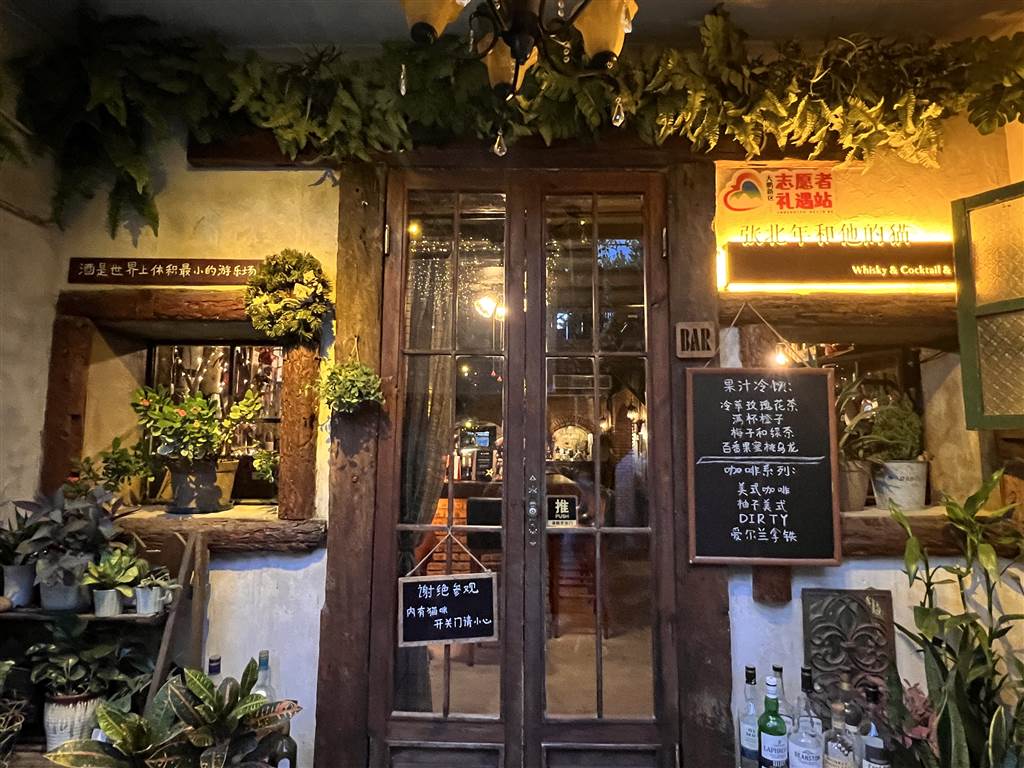
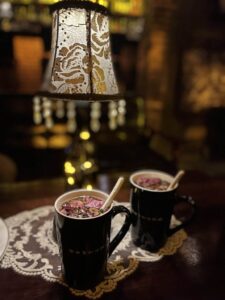
The Dapeng Fortress is the second ancient city in Shenzhen that I visited. As compared to the Gankeng Hakka Ancient Townlet, which is located within the city of Shenzhen, the Dapeng Fortress is a lot larger, and with much more interesting stories to tell.

Firstly, Dapeng has a much longer history as a city since its early beginning in the Ming Dynasty. Secondly, Dapeng was involved in the Opium War and there were military installations inside the city. As such, its history could be said to have influenced the larger historical narrative of this whole region, with far-reaching influence on Hong Kong and even China.
Supper at the Peng Cheng Fan Guan
Like so many ancient cities in Shenzhen, Hakka cuisine is also featured in the Dapeng Fortress. We sat down at the very elaborate Peng Cheng Fan Guan (Peng Cheng Restaurant). There is a large dining space in different sections. The building should be a heritage building itself, but very well-restored. We ordered the traditional yao chicken, which is a baked chicken, and some veggies to go with. The food was fair.
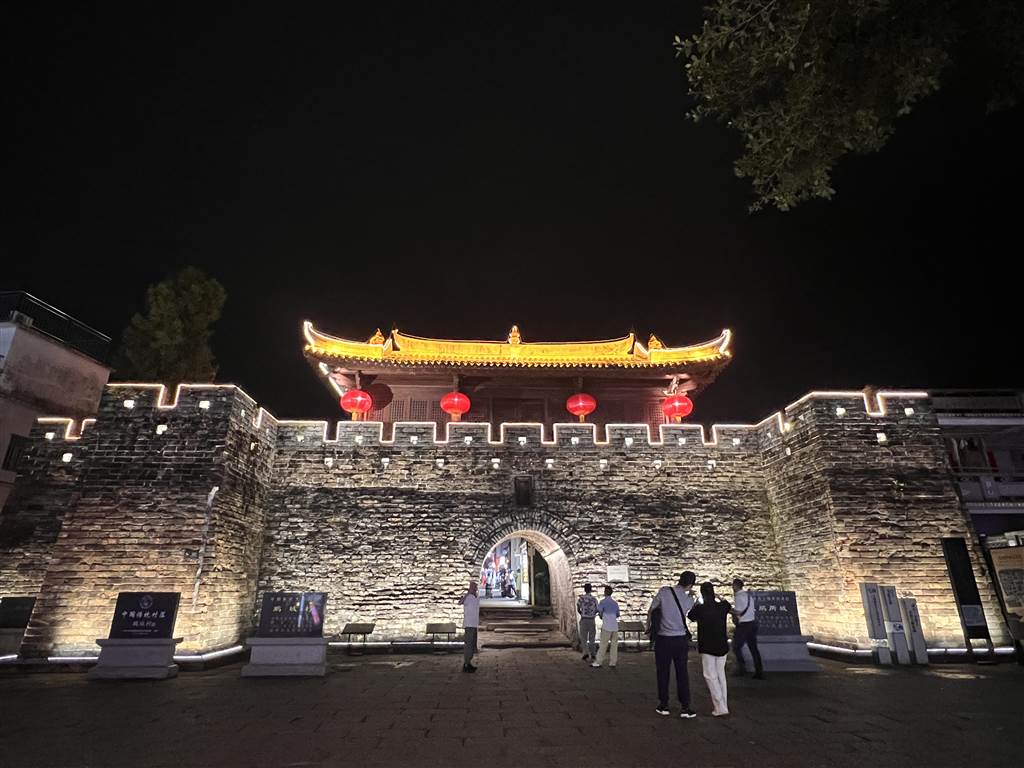
After dinner we looked up other restaurants in this section of the town and decided that all of them served a similar menu. Therefore it really would not matter much which restaurant you pick inside the Dapeng Fortress. Outside the very popular South Gate area, there are a whole array of restaurants, but they almost invariably served Hakka cuisine in similar veins.
The Jiaochangwei Beach
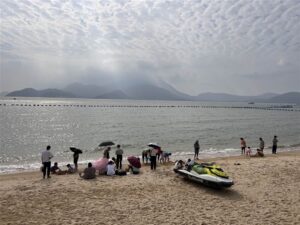
Lying just about 15 minutes by walk south of the Dapeng Fortress, the Jiaochangwei Beach is a nice walk. We went there the next morning, and spent some time at a very nice café by the seaside.
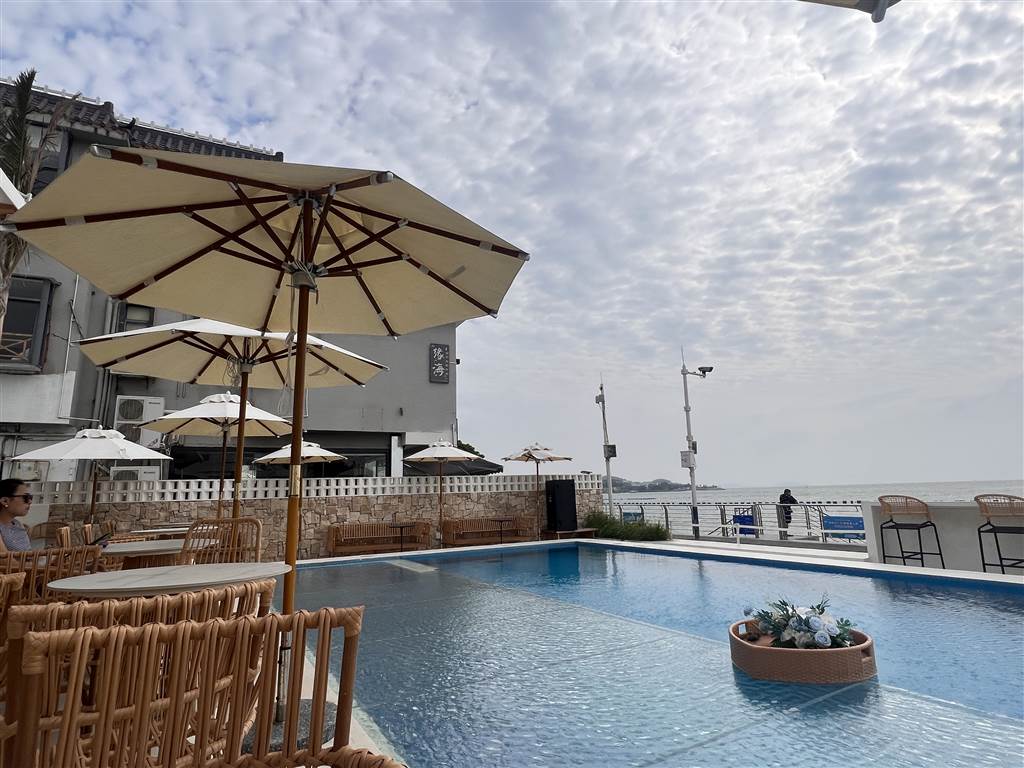
Those who wants to push for more sightseeing can consider the Dapeng Peninsula Geopark, which is actually quite a bit further away from the Dapeng Fortress. Do inquire with the hotel on options to get there, particularly how you may get back from the Geopark.
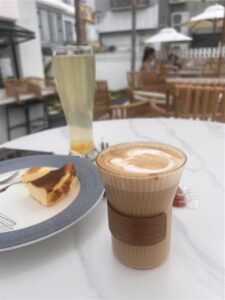
Some Suggestions for Touring Dapeng
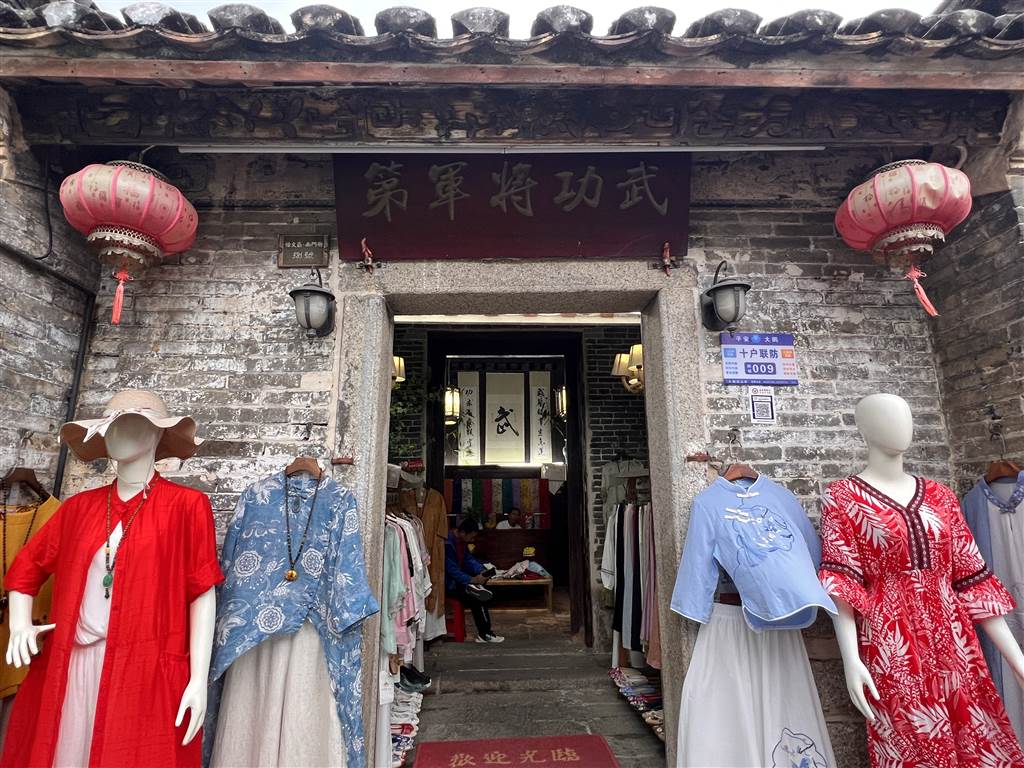
The Ancient City of Dapeng is not close to Shenzhen proper. It takes an hour of a private car ride from Shenzhen to get there, and an hour and a half if you opt for public transportation. Therefore, for anyone to go there from Hong Kong, an overnight stay is recommended.
The boundary crossing that is closest to the Ancient City of Dapeng is Lin Tong in Hong Kong. I highly recommend booking a private car (taxi, for example via the DiDi app), once you arrive at the Lin Tong boundary crossing. Another popular boundary crossing would be Lo Wu, for people who prefer to take the East Rail.
For accommodation, there are many budget hotels that are very modern surrounding the South Gate area. We selected one of those hotels.

There is also a very nice heritage hotel inside the city, in the alleyway off of the South Gate. This hotel is called Unijoy. The building that houses the hotel is an old building of the Fortress. It is pricier than other non-heritage options, but from what we gathered, it is worth the experience. Booking early is recommended.
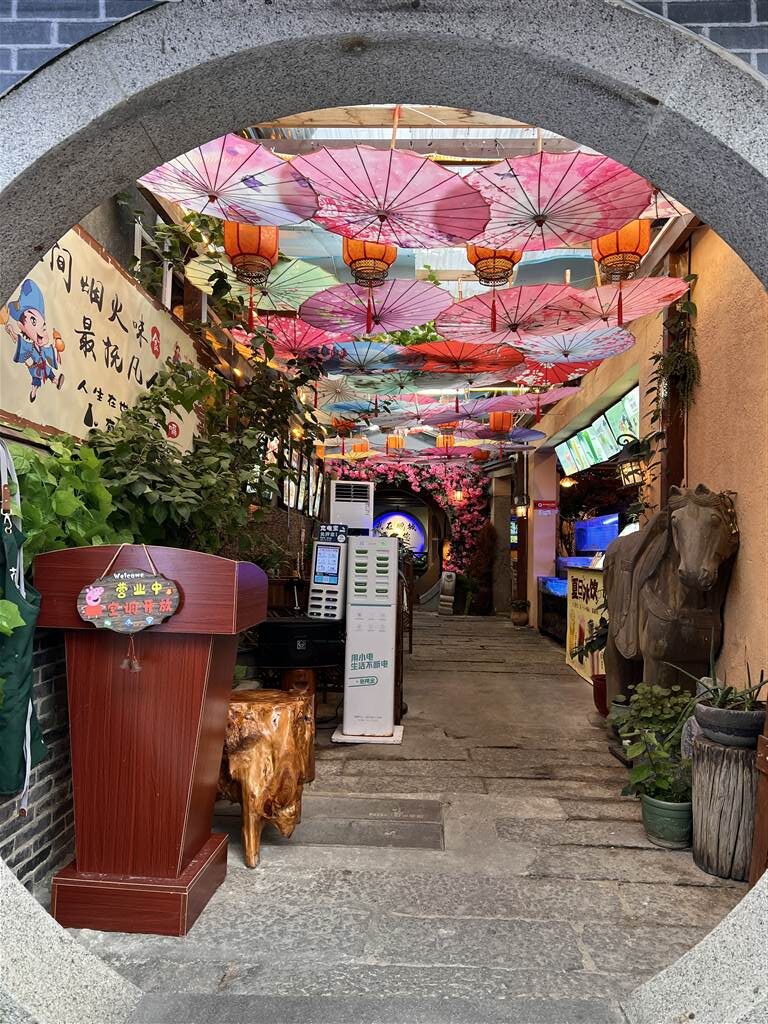
Photo: View on Namen Road in the Dapeng Fortress
Sources
Descriptions on site at the Dapeng Suocheng Coastal Defense Museum.

